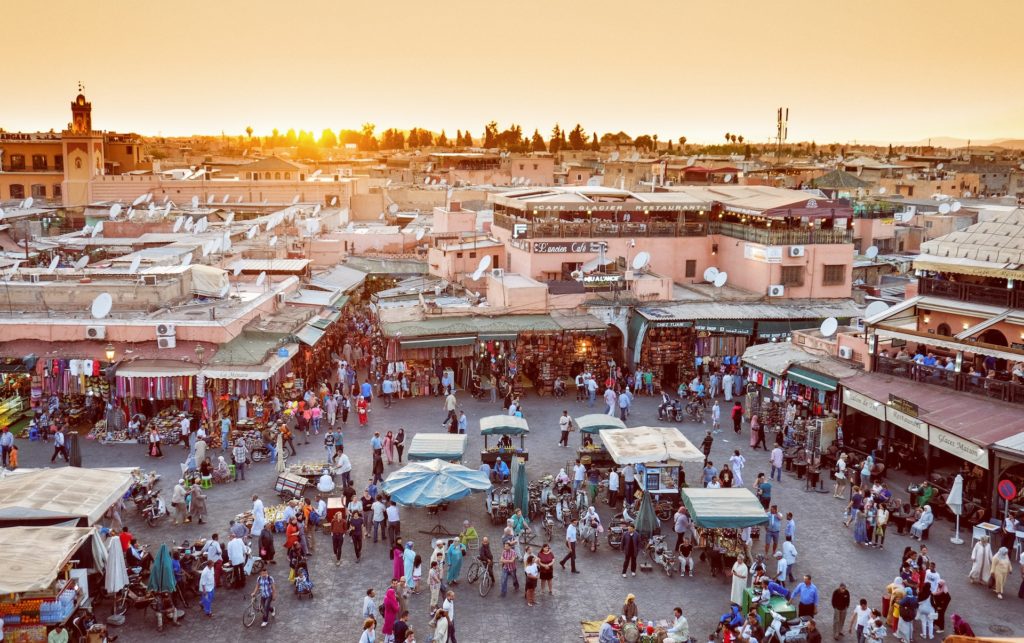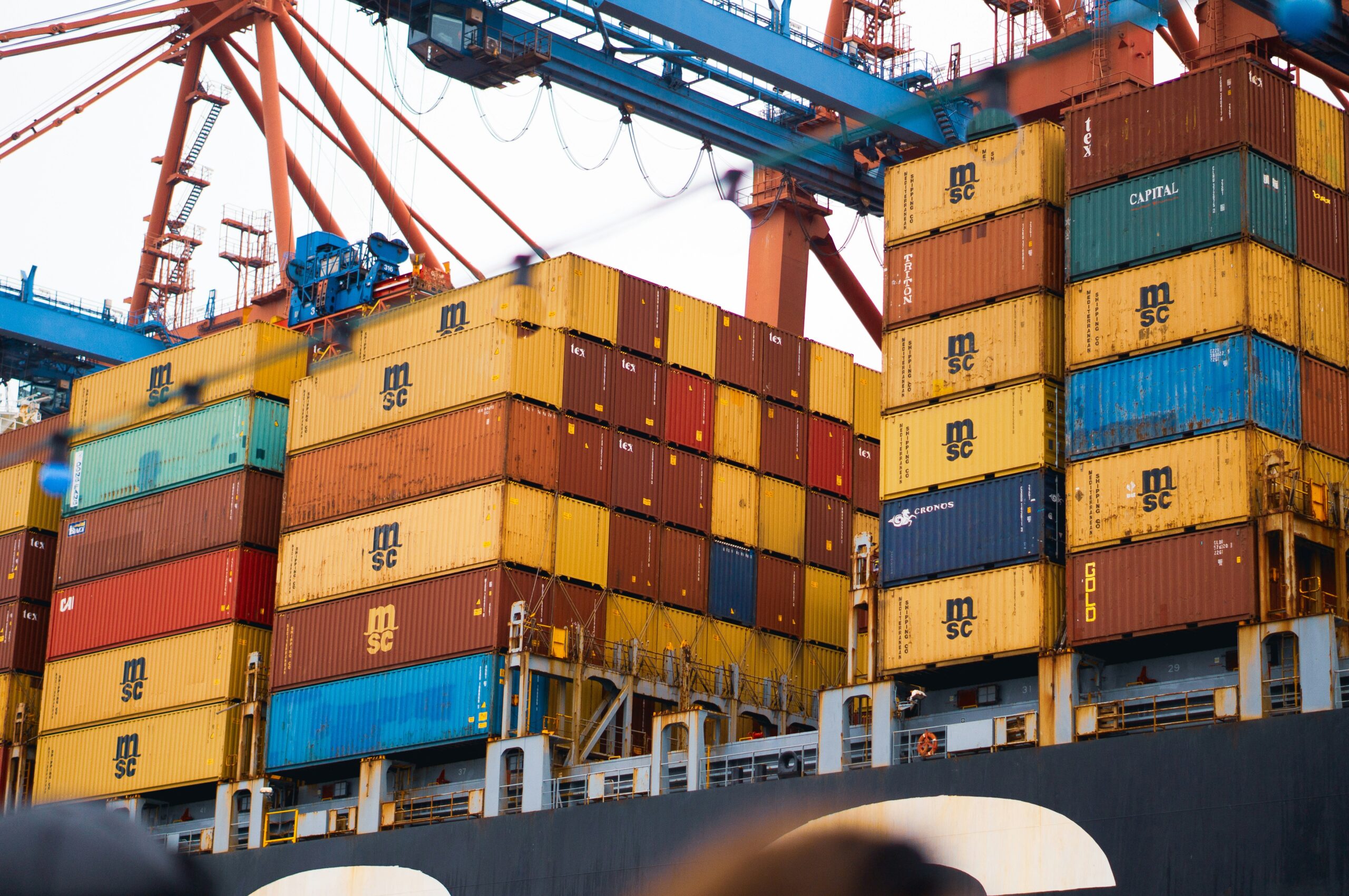The Kingdom of Morocco, located on Africa’s northwestern coast, sent $36.6 billion in goods throughout the world in 2021. The monetary value has risen by 42.8 % from $25.6 billion in 2017.
Moroccan exports climbed in value by 32% year on year, from $27.7 billion in 2020.
Morocco’s top five exports by value are fertilizer blends, vehicles, insulated wire or cable, phosphoric or polyphosphoric acids, and unknitted and non-crocheted women’s clothing. In terms of revenue, this key five-product category accounts for 44.2 %of all Moroccan exports.
According to the average 2021 exchange rate, the Moroccan dirham has gained 7.3 % relative to the US dollar since 2017 and 5.5 % between 2020 and 2021. Because of Morocco’s stronger local currency, exports paid for in weaker US dollars are proportionally more expensive for overseas buyers.

Morocco’s most valuable trading partners
According to the most recent data available, importers in the following countries purchased here;
- 73.9 % of Moroccan exports:
- Spain (21.5 % of Morocco’s total global exports),
- France (20%),
- Brazil (5.5%),
- India (4.9%),
- Italy (4.3%),
- The United Kingdom (3.3%),
- The United States of America (3%),
- Germany (2.9%),
- The Netherlands (2.5%),
- Turkey (2.2%),
- Bangladesh (1.6%), and
- Belgium (1%).
In terms of the entire continent, nearly two-thirds (65.5%) of Moroccan exports by value went to European countries, while 14.1% went to Asian buyers. Another 8% of Moroccan exports went to Africa.
North America (4.5%), Oceania (0.9%), led by Australia and New Zealand, and Latin America (excluding Mexico but including the Caribbean) had lower percentages (6.9%).
With a population of 36.3 million people, Morocco’s total $36.6 billion in 2021 exports equates to about $1,000 for each Moroccan inhabitant. This dollar figure exceeds the average of $800 per capita in 2020.
Morocco’s top 10 exports
The following export product categories will account for most Moroccan shipments abroad in 2021 in terms of dollar value. Additionally displayed is the percentage of total Moroccan exports that each export category accounts for.
- Fertilizers: US$5.7 billion (15.6% of total exports)
- Electrical machinery, and equipment: $5.2 billion (14.4%)
- Vehicles: $5 billion (13.8%)
- Clothing, accessories (not knit or crochet): $2.5 billion (6.9%)
- Inorganic chemicals: $2.24 billion (6.1%)
- Fruits, nuts: $1.76 billion (4.8%)
- Fish: $1.76 billion (4.8%)
- Vegetables: $1.5 billion (4.1%)
- $1.2 billion for salt, sulfur, stone, and cement (3.4%)
- Aircraft, spacecraft: $1.1 billion (3.1%)
More than seven in ten (76.9%) of the total value of Morocco’s international shipments were made up of its top ten exports.
The top 10 export categories’ fastest-growing sector is inorganic chemicals, which increased by 83.6% between 2020 and 2021.
Fertilizer export sales increased by 68.8%, placing them in second place for Morocco’s expanding export sales.
Fish shipments from Morocco experienced the third-fastest increase in value, rising by 40.6%.
Vegetables saw the most moderate growth among Morocco’s top 10 export product categories, with a 12.6% increase from the previous year.
In 2021, Morocco’s most valuable exported products at the four-digit Harmonized Tariff System (HTS) code level were;
- Fertilizer mixes (14.1 % of Morocco’s global total),
- Cars (11.5%),
- Insulated wire or cable (9.1%),
- Phosphoric and polyphosphoric acids (6%),
- Unknitted and non-crocheted women’s clothing (3.5%), mollusks (3.2%),
- Aircraft parts (3%),
- Natural calcium or aluminum phosphates (2.7%), fr (2%).
Products attracting the most significant trade surpluses for Morocco
Moroccan product shipments of the following classes represent positive net exports or a trade balance surplus. According to Investopedia, net exports are the value of a country’s total exports less the value of its total imports.
In a nutshell, net exports are the amount by which foreign expenditure on a home country’s goods or services exceeds or lags behind spending on foreign goods or services in the home country.
- Fertilizers: 5.4 billion USD (Up by 73.7 % since 2020)
- Clothing and accessories (excluding knit and crochet): $2.3 billion (Up by 35.9%)
- $1.5 billion for fish (Up by 40.4%)
- $1.4 billion for vegetables (Up by 18.4%)
- Fruits and nuts: $1.2 billion (Up by 11.8%)
- $1 billion for inorganic chemicals (Up by 86.3%)
- Preparation of meat and seafood: $744.11 million (Down by -5.5%)
- $550.7 million for knitted or crocheted clothes and accessories (Up by 38.1%)
- $379.2 million for ores, slag, and ash (Up by 58.8%)
- Preparations of vegetables, fruits, and nuts: $115 million (Up by 11.9%)



